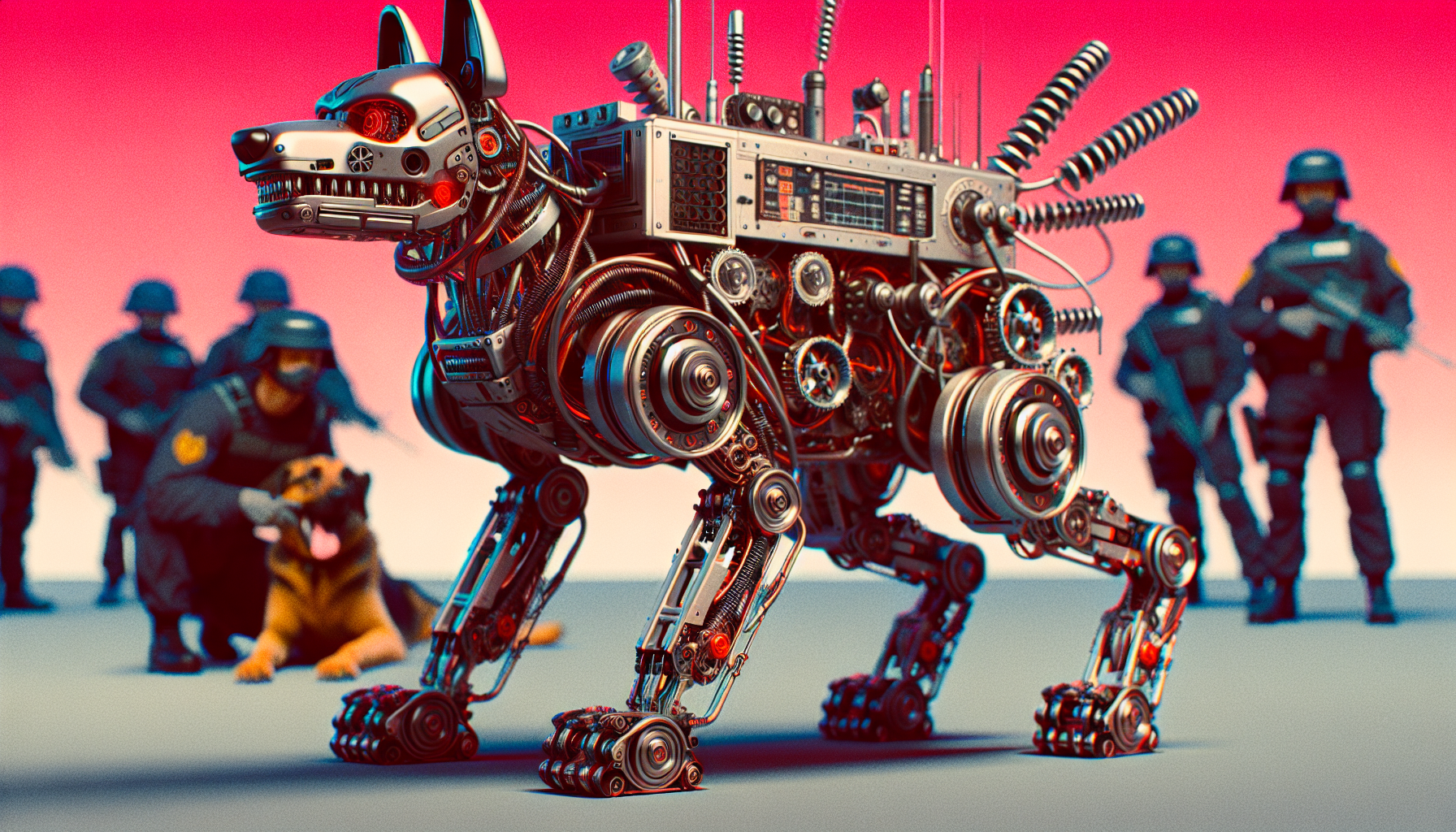Robotic police dogs are no longer science fiction. These four-legged machines are now part of daily operations for many law enforcement agencies around the world. They are designed to approach danger so people do not have to, and their capabilities are nothing short of remarkable.
What Robotic Police Dogs Can Do
Modern police robot dogs, like Boston Dynamics’ Spot (often called “Digidog”) and Massachusetts State Police’s Roscoe, are equipped with advanced cameras, sensors, and artificial intelligence. These features let the robots navigate unfamiliar spaces, send back live video, and analyze risky situations in real time.
- Remote Operation: Officers can control each robot with a tablet, steering them up stairs, over rubble, and through tight spaces without ever being physically present.
- Modular Tools: Robotic dogs can be fitted with special attachments, such as mechanical arms to open doors, sensors to detect hazardous materials, or communication devices for negotiating with suspects.
- Resilience: The robots are durable enough to operate in gunfire and rough environments. For example, during a Massachusetts standoff, Roscoe survived being shot and continued its mission.
How Police Are Using These Robots
- Threat Assessment: In Massachusetts, Roscoe has entered buildings during armed standoffs, providing crucial video and audio to officers standing safely outside.
- Bomb Disposal: The Denver Police Department uses a $328,000 robot dog for explosives investigations. Instead of humans searching for bombs, the robot scans dangerous areas, keeping officers out of harm’s way.
- Hostage Situations: Miami-Dade police deploy robot dogs for hostage rescues. Their two-way radios and ability to climb stairs mean they can communicate with and help free hostages in multi-story buildings.
- Signal Jamming: The US Department of Homeland Security has adapted a robot dog to block wireless signals during raids. This makes it harder for suspects to trigger remote-controlled devices or erase evidence from afar.
Points of Concern
While the technology promises safety and efficiency, it raises important questions.
- Transparency: Many departments acquire robotic dogs without public input or clear oversight, leading to concerns about accountability.
- Militarization: Some worry that widespread use of such advanced machines in civilian settings could blur the line between police and military operations.
- Cost: With price tags often exceeding $300,000 per unit, people are asking whether these investments make sense compared to other public needs.
The Road Ahead
Despite debates, the deployment of robotic police dogs is expanding. Agencies in the United States continue to adopt them for SWAT operations, disaster response, and bomb squad duties, focusing on reducing human risks wherever possible. Internationally, change is happening even more rapidly—China, for instance, plans to roll out “AI police dogs” with facial recognition and autonomous patrol abilities as soon as 2025.
What began as an experiment has quickly become a new standard. These robotic companions walk into danger, survey chaos, and gather intelligence, all to protect human life. As more cities and countries embrace the technology, questions will persist—but their potential to save lives will keep them at the forefront of modern policing.

Leave a Reply